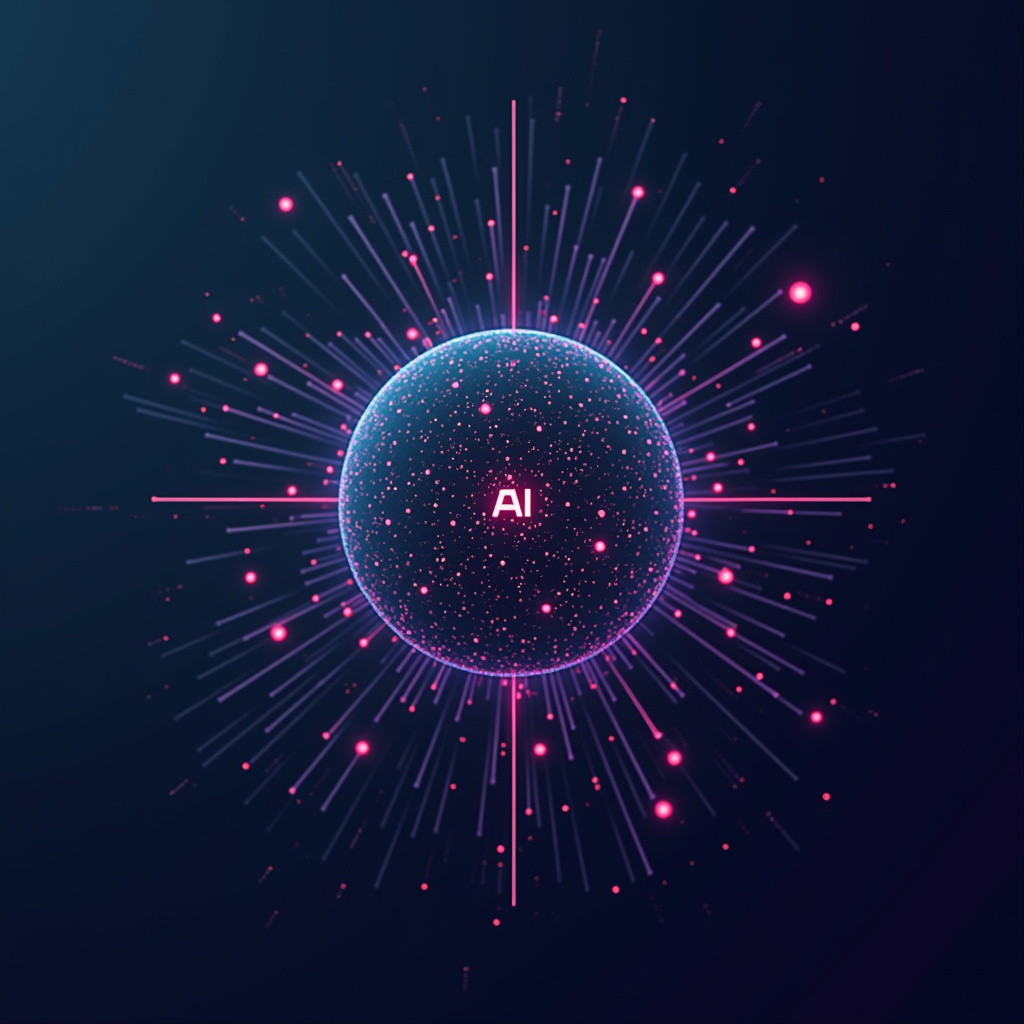Introduction to the AI Race
In the ever-evolving landscape of artificial intelligence (AI), three prominent players have emerged: OpenAI, Anthropic, and Meta. Each of these organizations is dedicated to pushing the boundaries of what AI can achieve, yet they approach this goal with different philosophies and strategies. In this article, we will explore how each of these companies contributes to the AI race, comparing their missions, technologies, and visions for the future.
OpenAI: Pioneering Responsible AI
Founded in December 2015, OpenAI has quickly become a leader in the field of artificial intelligence. With a mission to ensure that artificial general intelligence (AGI) benefits all of humanity, OpenAI prioritizes safety and ethical considerations in its AI development.
The organization is well-known for its GPT (Generative Pre-trained Transformer) series, including the latest models that can generate human-like text, solve complex problems, and even assist in creative writing. OpenAI focuses not only on advancing technology but also on establishing guidelines to prevent misuse of AI. This commitment to responsible AI development is one of the key factors that differentiate OpenAI from other players in the field.
Anthropic: Safety First
Anthropic, founded in 2020 by former OpenAI employees, has emerged with a strong emphasis on AI safety and alignment. The team at Anthropic believes that creating AI systems that align with human values is crucial for the future of AI development. Their approach is distinct, as they focus on building AI that is interpretable and controllable, ensuring that these systems operate in ways that are beneficial to society.
One of their key projects is Claude, a language model designed with a focus on safety and user alignment. Anthropic actively engages with the broader community to share insights and promote best practices in AI safety, reflecting their commitment to fostering a collaborative environment in the AI space.
Meta: AI for Everyone
Meta, formerly known as Facebook, has also made significant strides in the AI arena. With a vision of building technologies that connect people and enhance social interactions, Meta leverages AI to improve user experiences across its platforms. Their work includes advancements in natural language processing, computer vision, and augmented reality.
Meta’s AI research division, Facebook AI Research (FAIR), focuses on open research and collaboration. The organization shares its findings with the public, encouraging transparency and collective progress in the AI field. By making their research accessible, Meta aims to democratize AI technology, which aligns with their broader mission of connecting people.
Comparing Technologies
When it comes to technology, OpenAI, Anthropic, and Meta each have unique offerings that showcase their individual strengths:
- OpenAI: Known for its advanced language models, OpenAI’s GPT series can engage in conversations, provide educational support, and assist in creative projects.
- Anthropic: With Claude, Anthropic emphasizes safety and alignment, aiming to create AI that understands user intentions and ethical boundaries.
- Meta: Meta utilizes AI across its platforms to enhance user engagement, with applications in content moderation, personalized recommendations, and immersive experiences in virtual reality.
Future Visions
While all three companies are competing in the AI space, their visions for the future vary:
- OpenAI: Envisions a future where AGI is developed safely and benefits everyone, with a focus on global collaboration and ethical considerations.
- Anthropic: Aims to lead the charge in AI alignment and safety, promoting a future where AI systems operate in harmony with human values.
- Meta: Sees AI as a tool to connect people and foster community, striving to create technologies that enhance social interactions and make information accessible.
Conclusion: The AI Landscape Ahead
The race for AI supremacy among OpenAI, Anthropic, and Meta is not just about technological advancement; it is also about how these advancements can be harnessed to improve society. As they continue to innovate, the emphasis on safety, ethics, and accessibility will shape the future of AI. For everyday users, this means that the benefits of AI are likely to become more profound and far-reaching, transforming industries, enhancing daily life, and opening new avenues for creativity and connection. With each organization pushing their unique agenda, the ongoing developments in AI promise to be an exciting journey for everyone.




